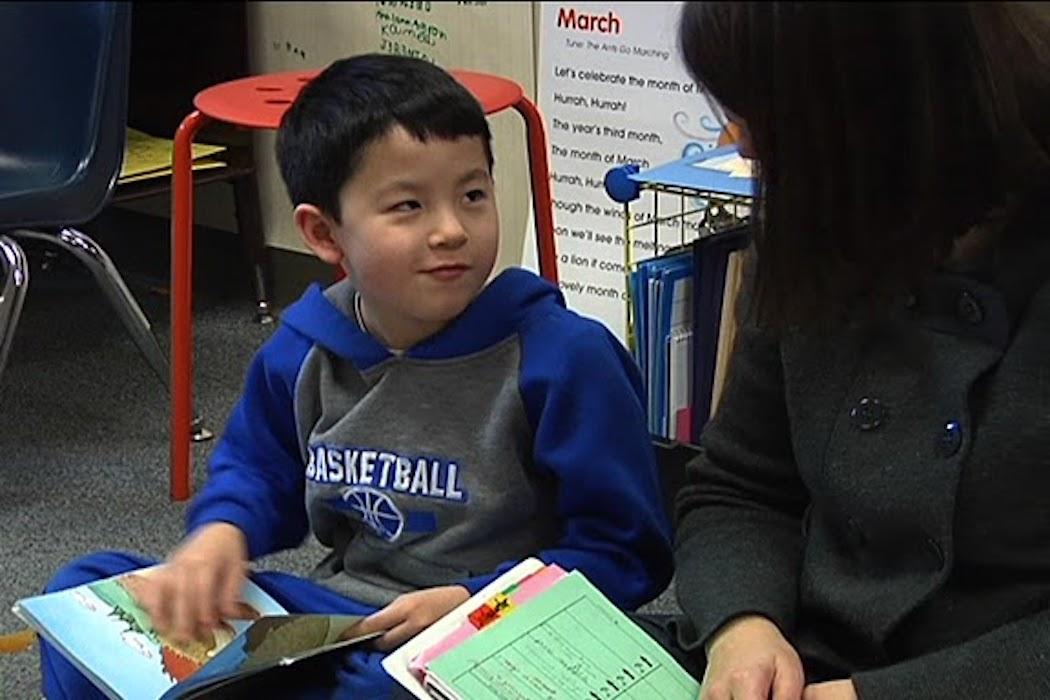
Every great lesson—whole-group, small-group, or one-on-one—follows a consistent rhythm that supports clarity, engagement, and transfer. The Lesson Framework, also known as the Instruction Protocol, outlines the eight steps that guide purposeful teaching and learning. These steps provide a clear structure that can be used in any content area or setting.
1. Observe & Plan
Use multiple points of observation—formal and informal—to plan instruction. Teachers notice what students say and do, gather evidence of understanding, and use this to determine strengths, needs, and next teaching targets.
“I noticed during reading that you used context clues effectively. Let’s build on that strength today.”
2. Engage & Relate
Set a positive tone, connect with students, and make learning relevant. Draw on students’ background knowledge and interests to create engagement and connection.
“I see you’re reading about animals again—you always notice how authors describe them!”
3. Identify the Teaching Point
Choose one clear area of focus based on evidence. Identify the skill, strategy, or behavior you’ll teach, and explain why it matters.
“Let’s work on summarizing paragraphs because it helps you find the main idea more quickly.”
4. Identify the Cognitive Process
Decide the level of learning required—remembering, understanding, applying, analyzing, evaluating, or creating. Explain what success looks like and how students will know they’re using the strategy effectively.
“You’ll know you’re applying this strategy when you can explain how your details support your main idea.”
5. Teach
Teach explicitly using the most effective instructional practices: explain, think aloud, model, guide, prompt, offer advice, and give feedback.
“Watch as I model how I reread this section to confirm my main idea.”
6. Practice & Monitor
Invite students to practice what was taught while the teacher monitors for understanding. Observe, prompt, and note student actions to determine if instruction was successful.
“Now, your turn—show me how you use that strategy in this section.”
7. Review & What’s Next
Summarize learning, review what the student said and did, and plan what comes next. Adjust setting, materials, or instructional practices if needed.
“I heard you identify key details to support your main idea. Keep using that tomorrow as we read nonfiction.”
8. Encourage & Feedback
End on a positive note. Offer encouragement and specific, actionable feedback that reinforces success and motivates continued practice.
“You really improved in explaining your thinking today. Keep noticing how the author uses clues—that’s helping you grow as a reader.”
Together, these eight steps bring consistency to instruction without limiting creativity. They help teachers teach with clarity and responsiveness, ensuring every moment of instruction moves learning forward.
If you don't need the scaffolded support, here is the Reading Conferring Sheet we use in our own rooms, or check out the online conferring notebook.



